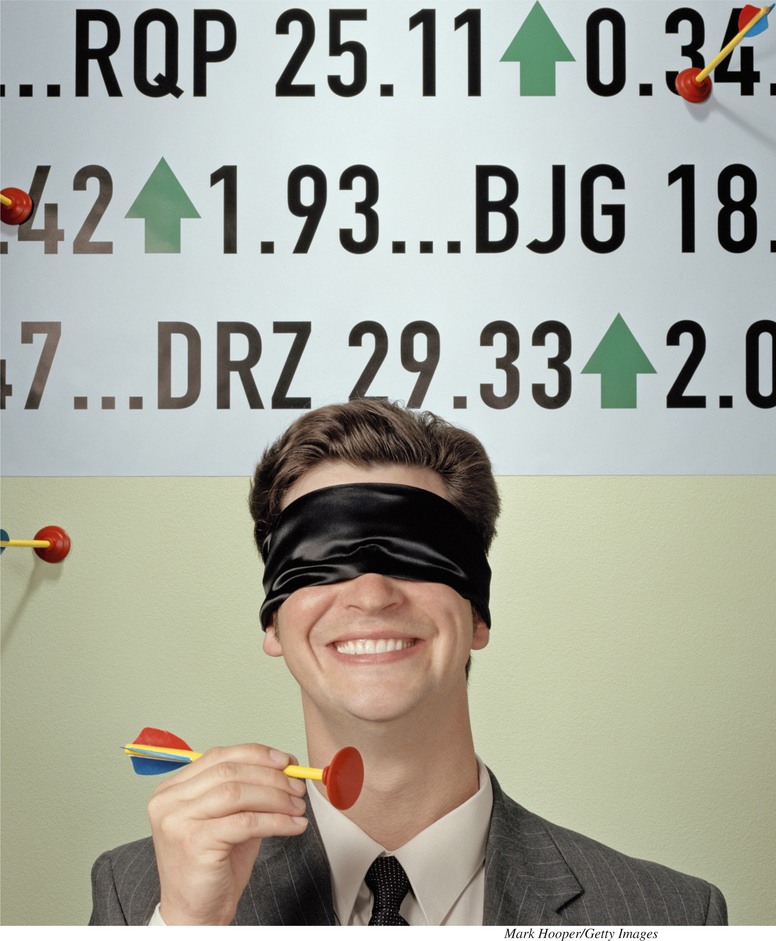Describing Data Numerically
106

Overview
- 3.1 Measures of Center
- 3.2 Measures of Variability
- 3.3 Working with Grouped Data
- 3.4 Measures of Relative Position and Outliers
- 3.5 Five-Number Summary and Boxplots
- Chapter 3 Formulas and Vocabulary
- Chapter 3 Review Exercises
- Chapter 3 Quiz
107
 Can the Financial experts Beat the Darts?
Can the Financial experts Beat the Darts?
Have you ever wondered whether a bunch of monkeys throwing darts to choose stocks could select a portfolio that performed as well as the stocks carefully chosen by Wall Street experts? The Wall Street Journal (www.wsj.com) apparently believed that the comparison was worth a look. The Journal ran a contest between stocks chosen randomly by Journal staff members (instead of monkeys) throwing darts at the Journal stock pages (mounted on a board) and stocks chosen by a team of four professional financial experts. At the end of six months, the Journal compared the percentage change in the price of the experts' stocks and the dartboard's stocks and compared both to the Dow Jones Industrial Average as well. So, who do you think did better? Did the six-figure-salary financial experts put the random dart selections to shame?
- In Section 3.1, we do some graphical exploration with the data, comparing the balance points (means) of each group using comparative dotplots. We then determine whether the student's intuition of the location of the means is confrmed by the statistics.
- In Section 3.2, we compare the variability of the three groups and find that different measures of spread can disagree about which data set has more variability.
- In the Section 3.2 exercises, we calculate the coefficient of skewness for each group.
- In the Section 3.3 exercises, we examine how close the estimated mean, variance, and standard deviation for grouped data are to their true values.
- In the Section 3.4 exercises, we use the case study data to examine measures of relative position such as z-scores and percentiles.
- Finally, in the Section 3.5 exercises, we construct boxplots and identify outliers for each group in the case study data set.
THE BIG PICTURE
Where we are coming from and where we are headed …
- Chapter 2 showed us graphical and tabular summaries of data.
- Here, in Chapter 3, we “crunch the numbers,” that is, we develop numerical summaries of data. We examine measures of center, measures of variability, and measures of relative position.
- In Chapter 4, we will learn how to summarize the relationship between two quantitative variables.